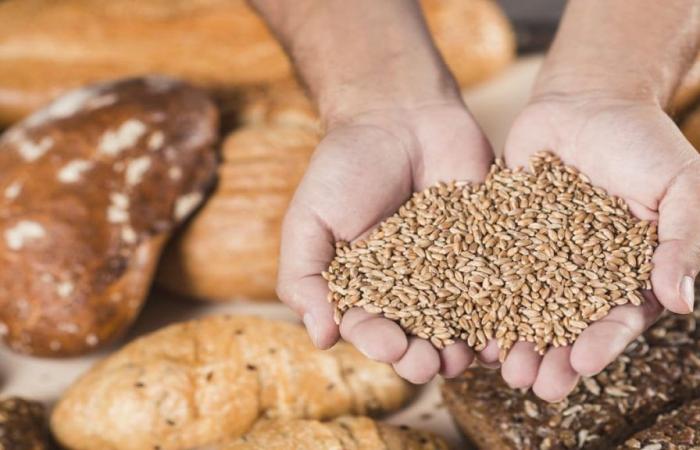More than 80% of Latin Americans have tried to make changes to their diet during the last six months with the aim of adopting healthier and more balanced eating habits.
This trend has driven interest in functional products and gluten-free foods among consumers seeking to improve their health and well-being, concludes a study by Appinio, the global market research platform.
It also found that 61% of Mexicans and 68% of Colombians have reduced their gluten consumption and, in general, value certain nutrients more in foods and drinks such as proteins, vitamins and minerals, low sugar content and fiber.
The study found that more than 48% of respondents choose functional products mainly because they consider them beneficial to their general well-being and more than 49% consider that they contribute to their digestive health.
These products, which include foods fortified with specific nutrients, dietary supplements and functional beverages, are gaining ground in the region’s markets.
Lactose-free milk, yogurts with probiotics and sugar-free cookies are the products of this segment of the food industry most tested by Latin American consumers with significant figures that support their popularity today.
According to the study, the most satisfying aspects for consumers when trying these products are the overall quality, the quality of the ingredients and the nutritional information on the labels.
Functional products are those designed to offer additional benefits beyond basic nutrition, such as improving digestion, strengthening the immune system, or increasing energy.
Gluten-free foods, a market that is beginning to be served
In Mexico, 93% of those surveyed said they have difficulties finding gluten-free products in supermarkets, while in Colombia, 75% consider that there is not much variety of gluten-free options in bars and restaurants.
Given these data, there is a need to improve the availability and accessibility of these options.
Although there are few options available for this type of food, there is an expectation that the supply of gluten-free products in supermarkets and specialized stores will grow over the next decade.
This year, the global gluten-free food market is expected to reach a value of $5.87 billion. By 2034, the net worth of the global gluten-free food industry is expected to approach $11.587 billion, data from Future Market Insights, a market analysis firm, shows.
Trends for the growth of gluten-free foods
This growth, which is estimated could double in the next ten years, will be driven by the increase in the supply of gluten-free products in supermarkets and specialized stores.
Also the growing consumer demand for allergen-free foods will trigger the growth of this market.
Although 75% of Mexicans and 78% of Colombians consider functional products to be more expensive, demand remains high, indicating a willingness to pay for the additional benefits they offer.
These data reveal a clear trend towards greater concern for health and well-being among Latin American consumers, driving significant changes in the food and beverage market.
Continue reading: They create a more nutritious and gluten-free sweet potato flour






